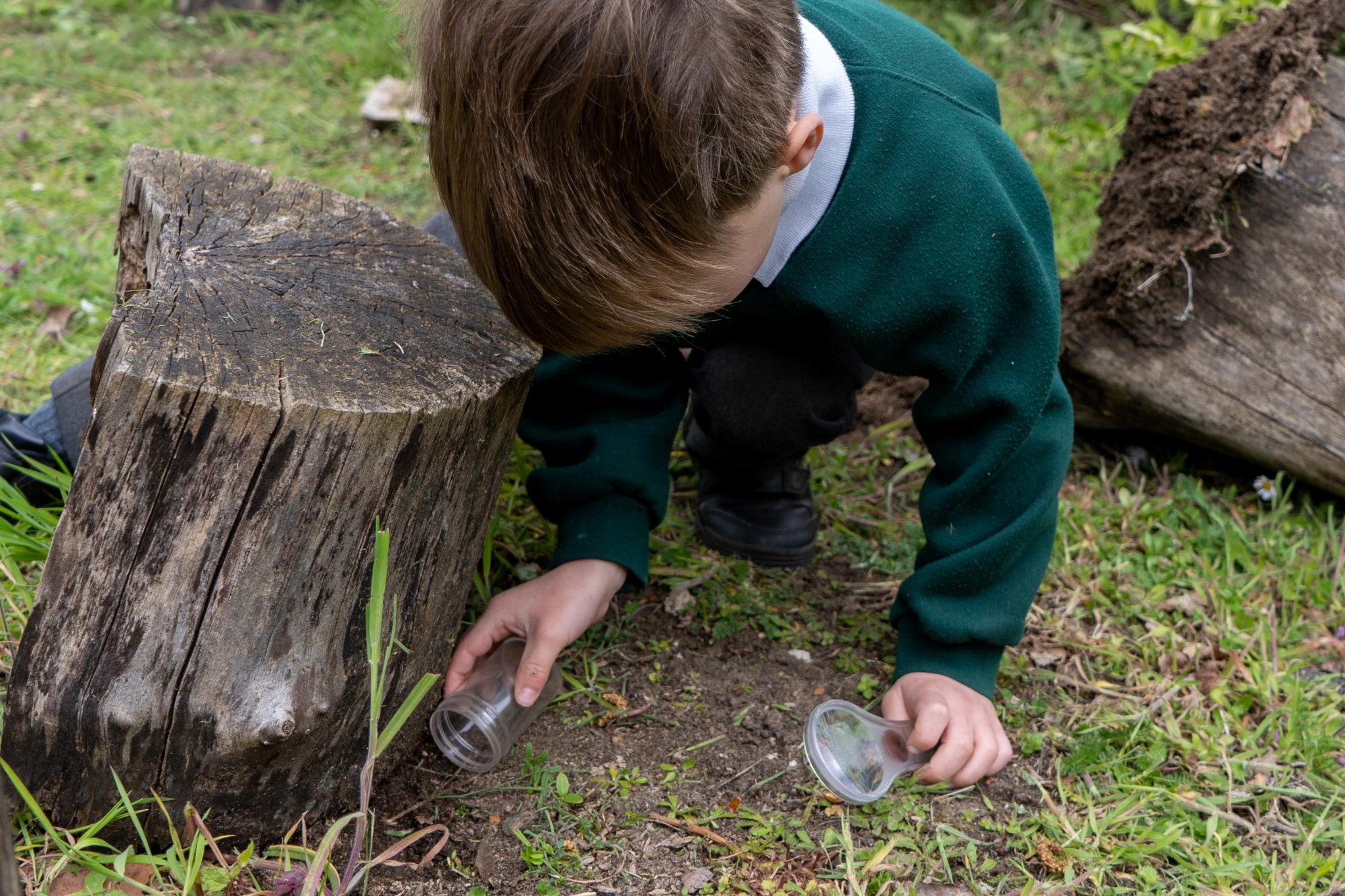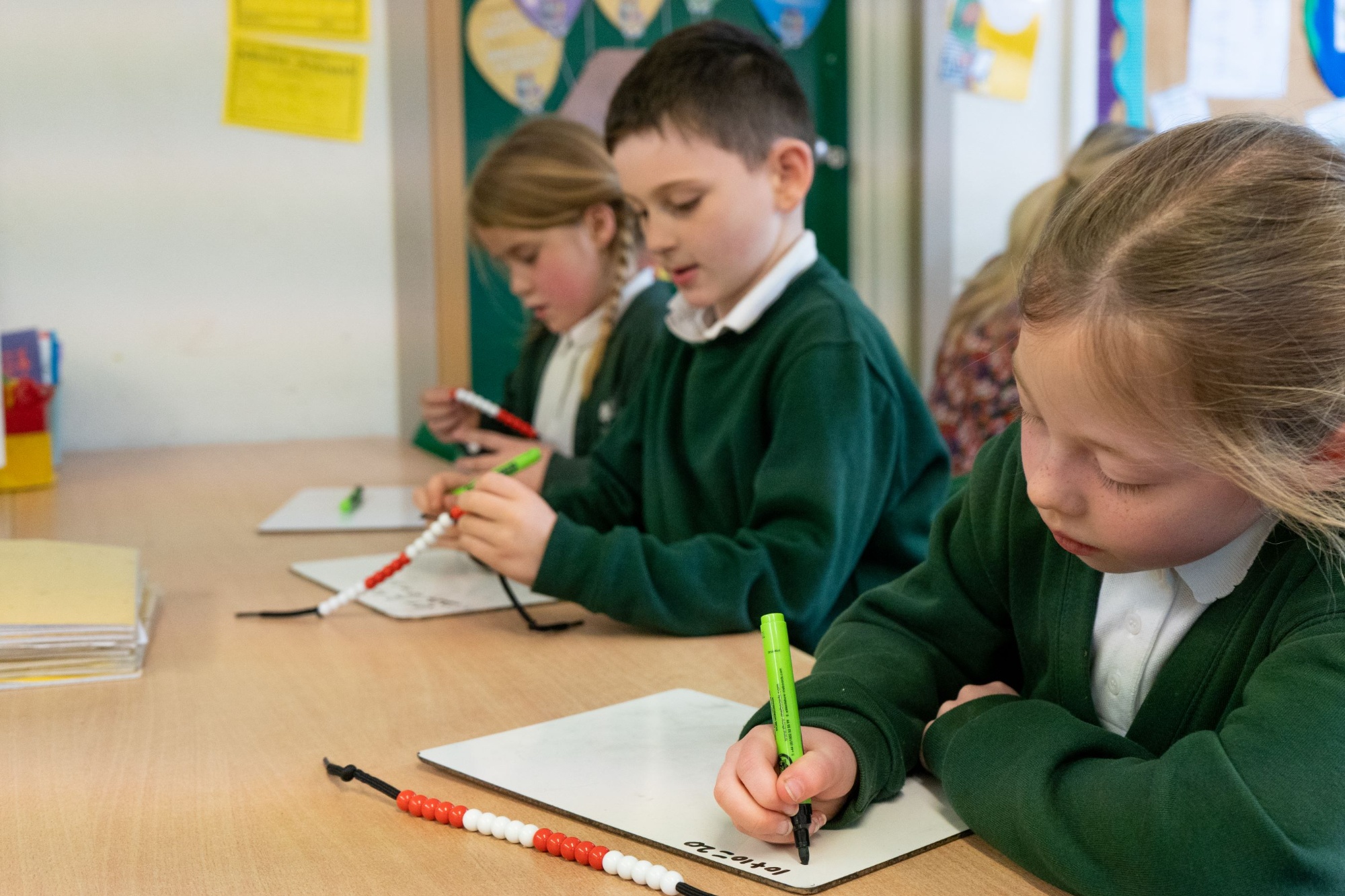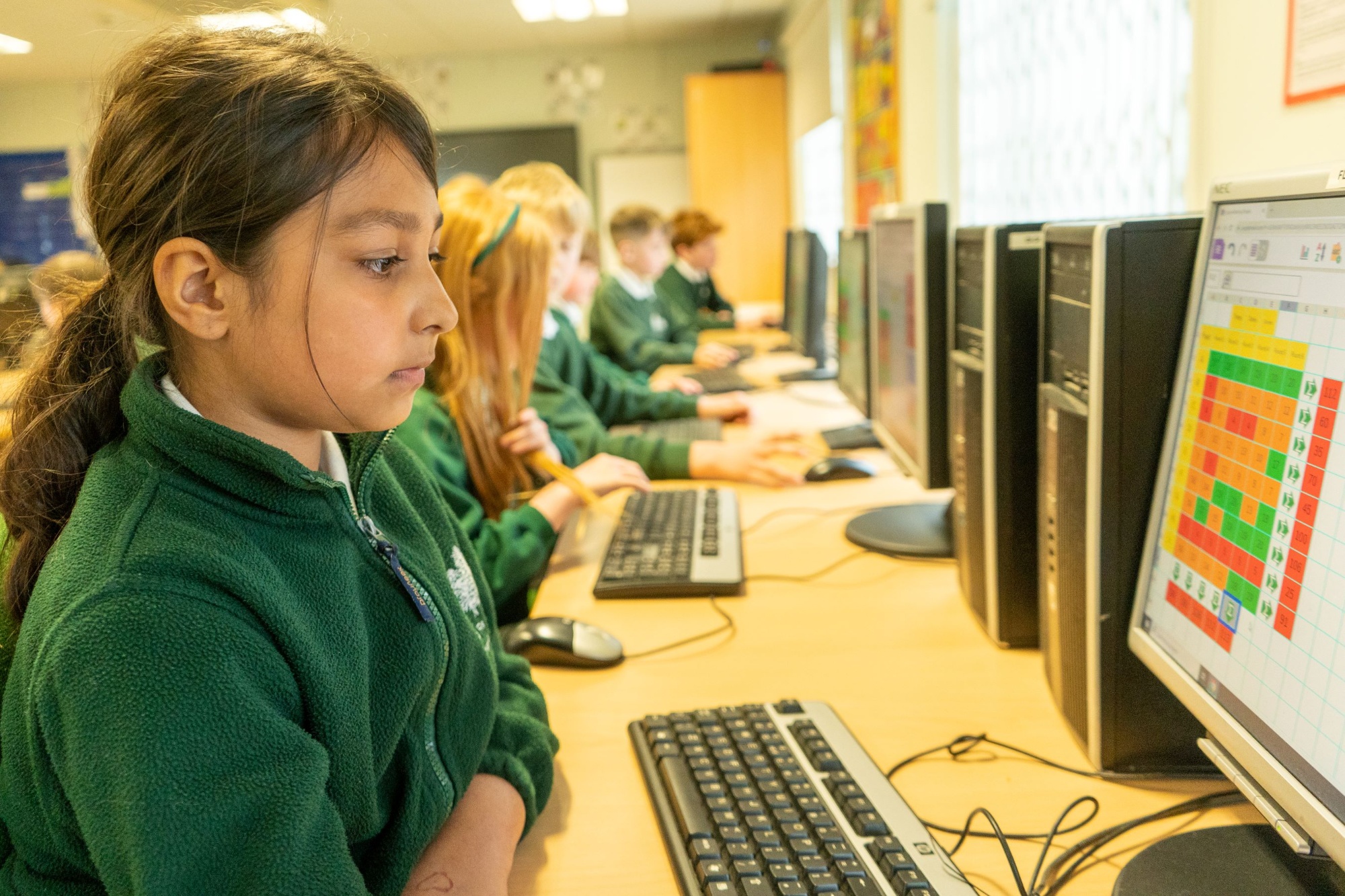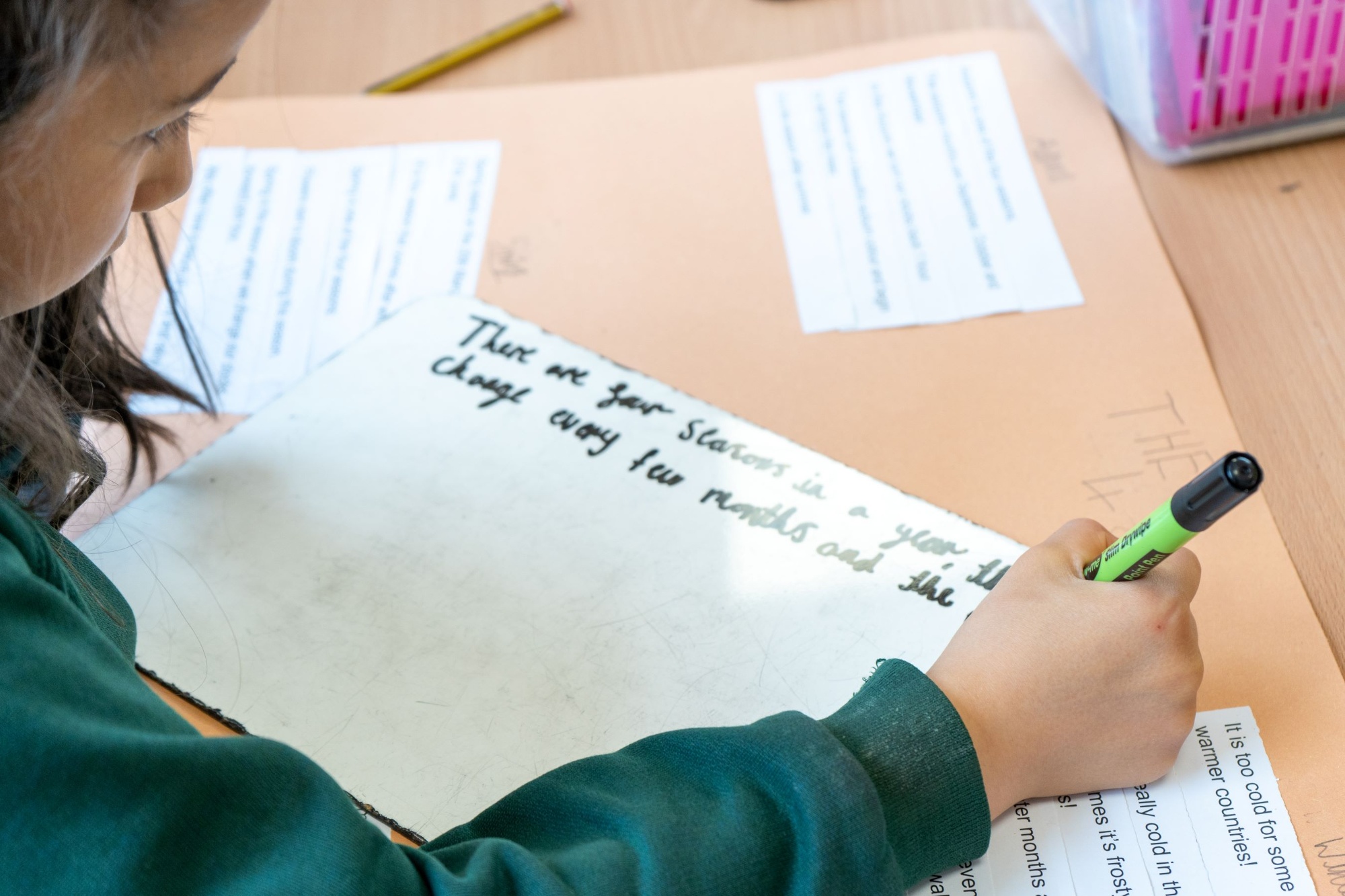Music
Intent
Curriculum design at The Firs
In deciding on the intent behind the design of our curriculum it is our vision and values that are the starting point. See The Firs’ Curriculum Policy.
The key drivers behind the makeup of our curriculum are:
-
What we wanted to develop in a ‘Firs’ Mindset’ (which we defined as the values and approaches to life we wanted our children to live by and hold to).
-
The knowledge and skills we wished to develop in addition to those set out in the National Curriculum.
-
Any gaps in children’s knowledge, skills or awareness that we perceived, associated with the context of our local environment, location or general pupil characteristics.
-
Our understanding of what ‘Cultural Capital’ meant to us at The Firs and in each year group, how we could give children the chance to experience it.
All of the thinking behind these key drivers are set out in The Firs Scheme of Work.
We decided on an additional programme of learning, organised into a number of strands, that would complement the content from the National Curriculum. We have called these additional strands ‘The Firs’ Themes’.
The Music Curriculum at The Firs
Music is important because it can provide fulfilment throughout life. It is a powerful, unique form of communication that can change the way pupils feel, think and act. It transcends different cultures, abilities and generations.
Listening to and making music fulfils an instinctive human need for self-expression and creativity. It stimulates responses on both emotional and intellectual levels.
Besides being a creative and enjoyable activity, music can also be a highly academic and demanding subject.
Musical activities include performing vocally or with instruments, exploring sounds and composing as well as listening and responding to music of different styles and cultures. All These Activities Involve the musical elements of pitch, duration (rhythm), dynamics, tempo, timbre, texture and structure.
Aims:
-
To give every child the opportunity to experience enjoyment through a variety of musical activities and to respond emotionally.
-
To help children of all abilities develop positive attitudes and to experience success and satisfaction in music.
-
To develop social skills through cooperation with others in the shared experience of music making.
-
To develop an understanding of musical traditions and enhance performance skills by learning and performing music from a variety of cultures.
-
To give children the opportunity to perform music both vocally and with instruments.
-
To encourage the children to explore a wide range of sounds.
-
To give them the opportunity to compose music and express their ideas and feelings through music.
-
To experience listening to music from a variety of styles and cultures.
-
To develop an appreciation of the richness of our musical heritage.
-
To provide an array of performance opportunities, so children can feel part of a community.
-
To encourage high standards in performance.
-
To encourage children to express ideas and opinions about music they have heard or created.
-
To give each child the opportunity to develop their musical talents
-
To develop an appropriate vocabulary to help children understand and discuss their own work and that of others.
We aim to develop SMSC through our music curriculum by:
-
Spiritual: allowing pupils to think about the way they feel and react to various types of music - for example - whilst discussion the song ‘All Around The World’ children are encouraged to reflect on the common emotional experiences that people share such as seeing the stars in the sky or the smell after it has rained and how these things make us feel (Y2 Unit 3)
-
Social: encouraging pupils to think about how music reflects the society around it, for example, as part of the appraising element connected to a ‘friendship’ song, children reflect on the fact that some people find it easy to make friends, others find it more difficult. Making friends helps us to understand how other people are feeling and why, and what is important to them in life. (Y3 Unit 4)
-
Cultural: examining how the nature of different cultures are reflected in the music produced for example the work on the Overture to Romeo and Juliet and the discussion concerning the Russian romantic period composer Tchaikovsky (Y4 Unit 5).
Implementation
The Firs’ Scheme of Work section on music, that sets out in detail what children in different year groups will be taught and the expectations at the end of each year.
Our school curriculum sets out the knowledge and skills that pupils will gain at each stage. It is clear what end points the curriculum is building towards each year and what children need to know and be able to do.
Musical appreciation is extended by the children being taught about rhythm, pitch and the basic understanding of musical notation. Children are taught to listen and appraise the works of others, to sing, to play simple percussion instruments and to compose music themselves.
The ‘Charanga’ scheme is used as the main source of the music curriculum. The school has a variety of instruments from various cultures, CDs, music from the internet and live professional performances, which are used to deliver the planned music curriculum.
Extra-curricular opportunities are also an important part of the provision for music made by the school. Children in Year 2, 3 and 4 are given the opportunity to participate in the school choir, with many opportunities to perform at our school and across the local community. In addition, children are offered lessons in the violin, cello, piano, flute, guitar and some brass instruments from the Country peripatetic staff. We also hold a whole school singing assembly each week, so all of our children can raise their voices and enjoy the rousing experience of singing in unison.
Children are encouraged to play their instruments in assembly and to enhance the end of term class productions. Children also perform within the local community and a Musical Concert evening is held in school annually, to provide the opportunity for children to experience performing to a large audience.
Areas of learning are revisited from lesson to lesson and year on year, where pupils progressively build their skills and knowledge and can link prior skills and knowledge to new learning to deepen their understanding. For example,
In Year R – Children are taught to:
-
Sing in a group or on their own, increasingly matching the pitch and following the melody.
-
Listen attentively, move to and talk about music, expressing their feelings and responses.
-
Explore and engage in music making and dance, performing solo or in groups.
Key Stage 1 – Children are taught to:
-
Learn about voices, singing notes of different pitches (high and low).
-
Play a tuned instrumental part with the song they perform.
-
Help to create a simple melody using one, two or three notes.
-
Choose a song they have learnt and perform it.
-
Develop on how they can enjoy moving to music by dancing, marching, being animals or pop stars.
-
Learn how songs can tell a story or describe an idea.
Key Stage 2 – Children are taught to:
-
To have an awareness of the pulse internally when singing.
-
Play any one, or all of four, differentiated parts on a tuned instrument – a one-note, simple or medium part or the melody of the song) from memory or using notation.
-
Plan and create a section of music that can be performed.
-
Present a musical performance designed to capture the audience.
-
To confidently identify and move to the pulse.
-
Talk about the musical dimensions eg. if the song gets louder in the chorus (dynamics).
-
Talk about music and how it makes them feel.
Impact
In order to measure the impact of the music curriculum, we use a range of formative and summative assessment in all lessons such as:
-
Questioning
-
Observations/learning walks/drop ins
-
Feedback from staff and children
-
Analysis of our assessment tool linked to Scheme of Work objectives/National Curriculum for each year
Assessment information is collected and analysed by the subject leader using the school music assessment template, for each year group, as part of our monitoring of teaching and learning. This process provides us with an understanding of the quality of education in geography as well as indicating areas for development.




